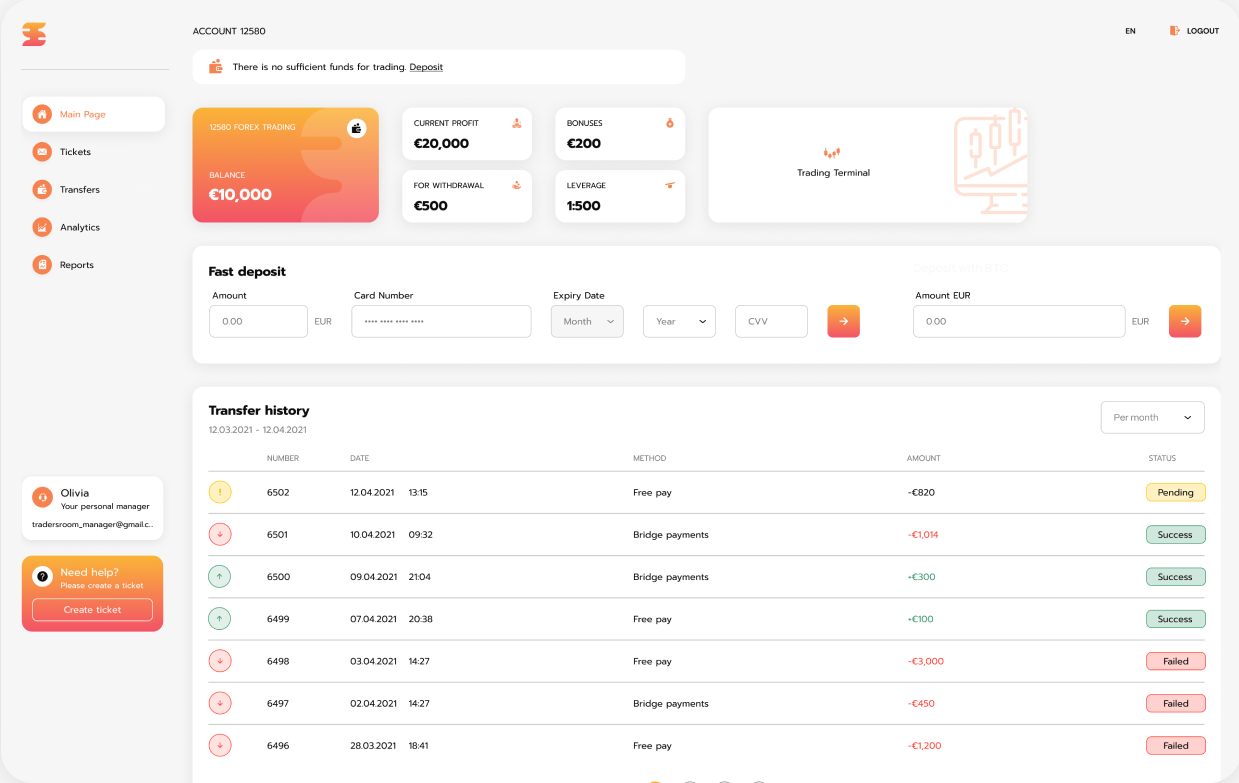
Curious about the current markets?
Before making any trading decisions, it's crucial to understand the existing market conditions and trends.
Commodities are materials sourced from the natural environment, including oil, gas, coal, gold, and more (over 70 types). Commodity trading is among the oldest forms of trade, predating the emergence of currencies and stocks. Commodity prices are determined by the balance of supply and demand: the scarcer a commodity is, the higher its price.
Gold
- Considered a safe asset during market uncertainties
- Inversely correlated with the US dollar
- Included in the gold and foreign exchange reserves of many countries, so its price is influenced by the monetary policies of these nations.
- Annually, 2,756 to 3,307 tons are mined, and about 2,000 tons are utilized in jewelry and the medical industry. India leads global gold consumption, followed by China and the USA.
Silver
- Prices fluctuate more rapidly than gold, making it attractive for active traders in short and medium-term positions.
- Known as the best conductor of electricity and heat, silver is widely used in industry, medicine, and photography.
- Major producers include Peru and Mexico (with production dating back to 1546).
- Production dropped in 2020, resulting in lower market supply.
Crude Oil
- Highly volatile commodity
- Directly correlated with the US dollar
- Primary producers: Saudi Arabia, USA, Russia, China.
- Prices are highly sensitive to geopolitical events, global conflicts, political decisions, and sanctions.
- Key oil benchmarks include WTI (North America) and Brent Crude Oil (produced in the North Sea, benchmark for Europe and Africa).
Natural Gas
- Associated with volatile and high-risk trading
- Prices are directly linked to production volumes. Since exploring and developing new wells is lengthy and costly, prices are very sensitive to supply volumes.
- Prices are also influenced by weather conditions—the colder the climate, the higher the demand for consumption.
- Key producers include Gazprom, Royal Dutch Shell, ExxonMobil, PetroChina, and BP.
- The United States began producing gas in 1821.
Copper
- Highly demanded and widely used in electrical engineering, telecommunications, construction, etc.
- Chile and Peru account for about 40% of the world's copper production, so prices depend heavily on the mining and supply situations in these countries.
Factors influencing commodity price fluctuations include weather conditions, disease outbreaks, the growth of the US dollar, and global supply and demand cycles. The commodity market is speculative and marked by sharp price fluctuations. Investors should carefully assess market movements and associated risks.
Our platform offers access to training materials, technical analysis tools, charts, and diagrams, a user-friendly interface, and a wide range of trading tools. Everything is designed to make it easy and fast to start trading commodities.







